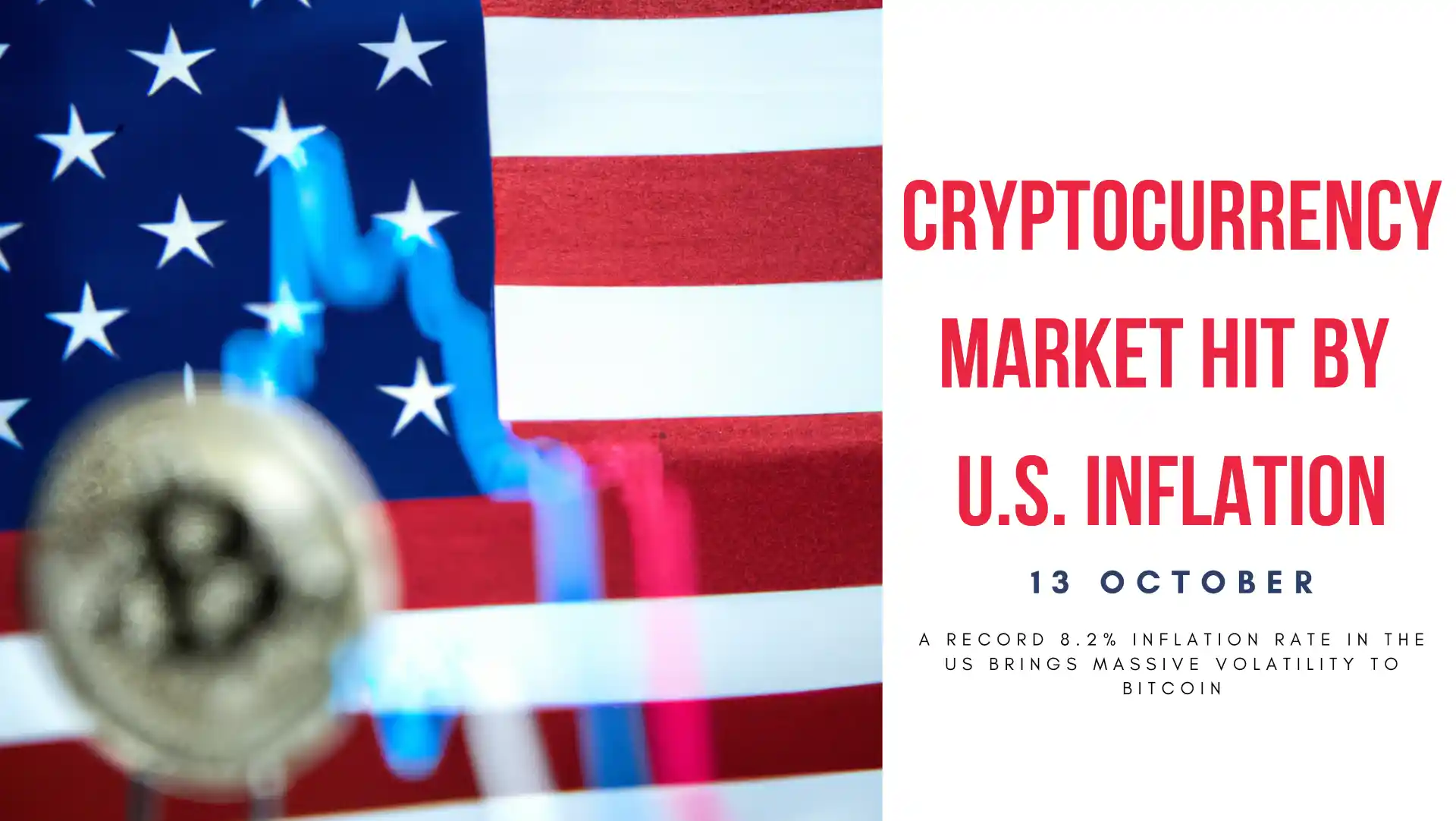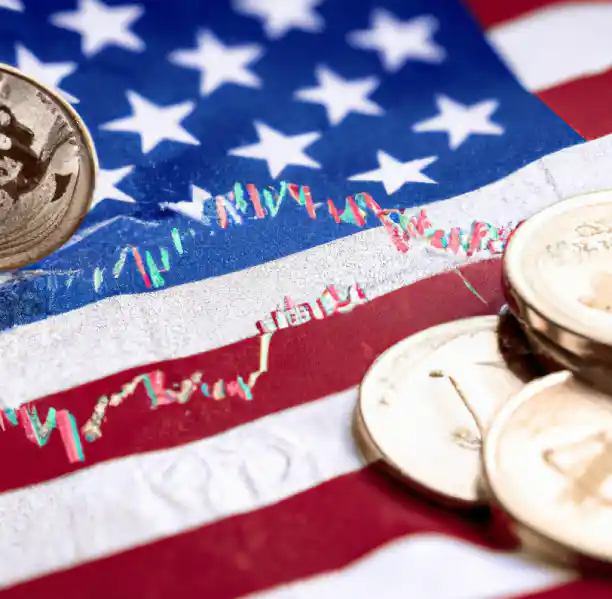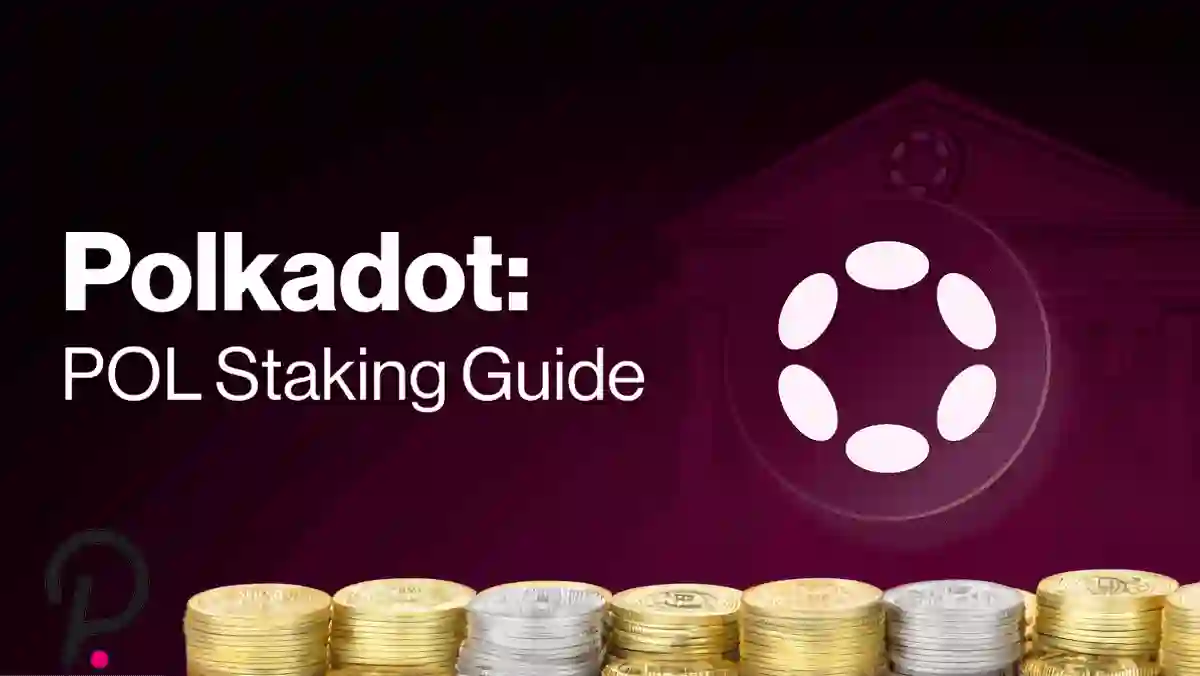7 min to read.
Cryptocurrency market hit by US inflation! Cardano leads crypto fall ahead of US inflation data
A record 8.2% inflation rate in the US brings massive volatility to Bitcoin

Table of Content
- Cryptocurrency market hit by US inflation
- Cardano leads crypto fall ahead of US inflation data
- The core US inflation rate has reached a 40-year high, supporting a significant rise in interest rates
- The cost of housing
Cryptocurrency market hit by US inflation
A record 8.2% inflation rate in the US brings massive volatility to Bitcoin</p>
As the US inflation numbers are released, the cryptocurrency market is experiencing an increase in volatility. In an event-driven market, volatility has returned to the cryptocurrency market, as might be expected. U.S. Labor Statistics released the CPI numbers, causing the ongoing turbulence. It is the most commonly used gauge of inflation in the United States, and it stands for Consumer Price Index. This index measures the average change in prices for a market basket of goods and services paid by urban consumers over time. The number clocked in at 8.2% for the month of September. It is almost always the case that the cryptocurrency market reacts immediately to the news. The price of Bitcoin jumped initially before plummeting towards $18,200, where it is currently trading. With the latest inflation data from the United States scheduled to be released on Thursday, Cardano leads the pack of falling blue chip cryptocurrencies. It has been rumored that US core inflation data increased this morning, which has caused the crypto market to turn to a sea of red. Over the past 24 hours, Cardano (ADA-USD), the eighth largest cryptocurrency by market capitalization, has lost almost 9% of its value. During the last seven days, the price of the proof-of-stake blockchain platform has decreased by more than 15% to $0.36. In terms of price declines, Dogecoin (DOGE-USD) has started the day in free fall, down almost 5% to $0.057, a decrease of over 10%. There was some recovery for market leaders such as bitcoin (BTC-USD) and ethereum (ETH-USD), with bitcoin holding its ground at $19,000, down 0.5% in the past day. The price of Ethereum has decreased by 1.4% to $1,277 in the past 24 hours. Bitcoin and other high-risk assets will likely be retreating from the market as the US Federal Reserve continues to raise interest rates. As a result of the release of the minutes of the Federal Open Market Committee, FOMC, it was revealed that the Federal Reserve remains committed to raising interest rates in the near future. In the summary of the meeting, the committee stated that "the inflation is still showing some signs of abating, and the committee has raised its assessment of the path of the federal funds rate that would likely be necessary to achieve the committee's objectives." “Participants judged that the Committee needed to move to, and then maintain, a more restrictive policy stance in order to meet the Committee’s legislative mandate to promote maximum employment and price stability." Towards the close of Wednesday's trade, there were explicit signs of risk-off sentiment among investors. The S&P 500 fell for a sixth consecutive week, reaching the lowest level since November 2020, causing US contracts to fluctuate. The S&P 500 (^GSPC) fell 11.81 points to 3,577.03, a decrease of 0.33%. This is a drop of 9.09 points to 10,417.10-9.09, an overall decline of 0.09 percent. As of November 1, 2018, European stocks were down for a seventh consecutive day, the longest losing streak since February 2018, with the Stoxx Europe 600 (^STOXX) down 0.4%. While equity markets continue to struggle under tightening monetary conditions, bitcoin still appears to follow the same pattern as US stocks such as the S&P 500 (GSPC) and Nasdaq (IXIC). Compared to last year, prices excluding food and energy increased by 6.6% A broad rise in the cost of housing, food, and medical care is primarily attributed to these factors The Consumer Price Index, an indicator closely watched by the Federal Reserve, rose more than predicted in September to a 40-year high, which pressured it to raise interest rates even more aggressively to prevent inflation from becoming entrenched. A Labor Department report showed Thursday that the core consumer price index for the first time since 1982 increased 6.6% from a year ago. A second consecutive month of growth was recorded in the core CPI, rising 0.6% from a month earlier. During the past month, the overall consumer price index increased by 0.4%, an increase of 8.2% compared with last year. As predicted by economists surveyed by Bloomberg, the core measure would rise by 0.4% and the overall measure would gain by 0.2%. There was a broad-based advance. A report stated that the indexes for shelter, food, and medical care accounted for the majority of the contributions. There has been a decline in gasoline prices and the price of used cars. According to the report, high inflation has spread throughout the economy, negatively impacting Americans' paychecks and forcing them to use their savings and credit cards to meet their needs. There will be a slow journey down to the Fed's goal even though consumer price growth is expected to moderate in the coming months. The government has responded with the most aggressive tightening campaign since the 1980s, however, the labor market and consumer demand have remained robust so far. Business owners continue to increase wages to attract and retain the employees needed to meet household demands, bringing the unemployment rate down to a five-decade low in September. Following a positive jobs report last week, the CPI report is likely to cement a 75-basis-point interest rate hike at the Federal Reserve's policy meeting in November. A jumbo-sized hike is expected to occur by the end of next month, as traders have solidified their bets. Following the release of the report, stock futures fell sharply and Treasury yields increased. A rise of 0.7% was recorded for a second consecutive month for shelter costs. Shelter costs are the largest component of the CPI index and account for about a third of it. As well as shelter rent, owners' equivalent rent increased to the highest level on record. Considering the lag between changes in rents and home prices in real-time and when these are reflected in Labor Department data, economists believe that the housing component of the report will remain elevated for quite some time. Until well into the second half of next year, Bloomberg Economics expects year-over-year rates for the major shelter components to peak. It is estimated that food costs rose 0.8% for a second consecutive month, and are 11.2% higher from a year ago. It has been a month since used car prices declined, while new car prices continue to climb at a rapid pace. As a result, airfares have increased. In September, gasoline prices started to fall, but since then, they have begun to climb once again. Policy makers, traders and the public closely monitor the Consumer Price Index (CPI), which the Fed uses to determine its 2% inflation target. Since food and energy prices are volatile, the core index is considered a more reliable indicator of inflation. Inflation may also be maintained by geopolitical developments. As a result of OPEC+'s recent announcement of oil production cuts, a potential ban on gasoline exports by the Biden administration could have a negative impact on gasoline prices. A ban on Russian aluminum is also being considered by the White House as a reaction to Russia's military escalation in Ukraine. This is disrupting supplies of commodities like wheat.

Cardano leads crypto fall ahead of US inflation data

The core US inflation rate has reached a 40-year high, supporting a significant rise in interest rates
The cost of housing



